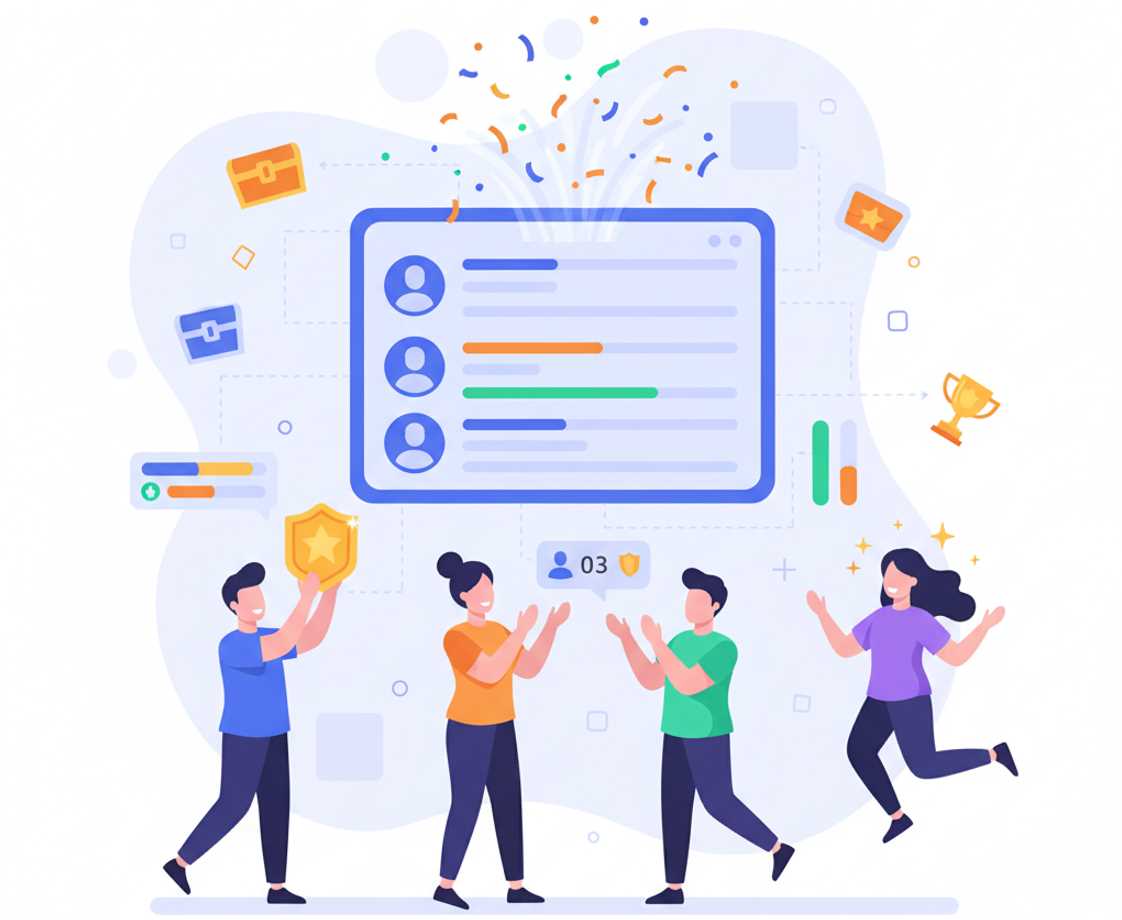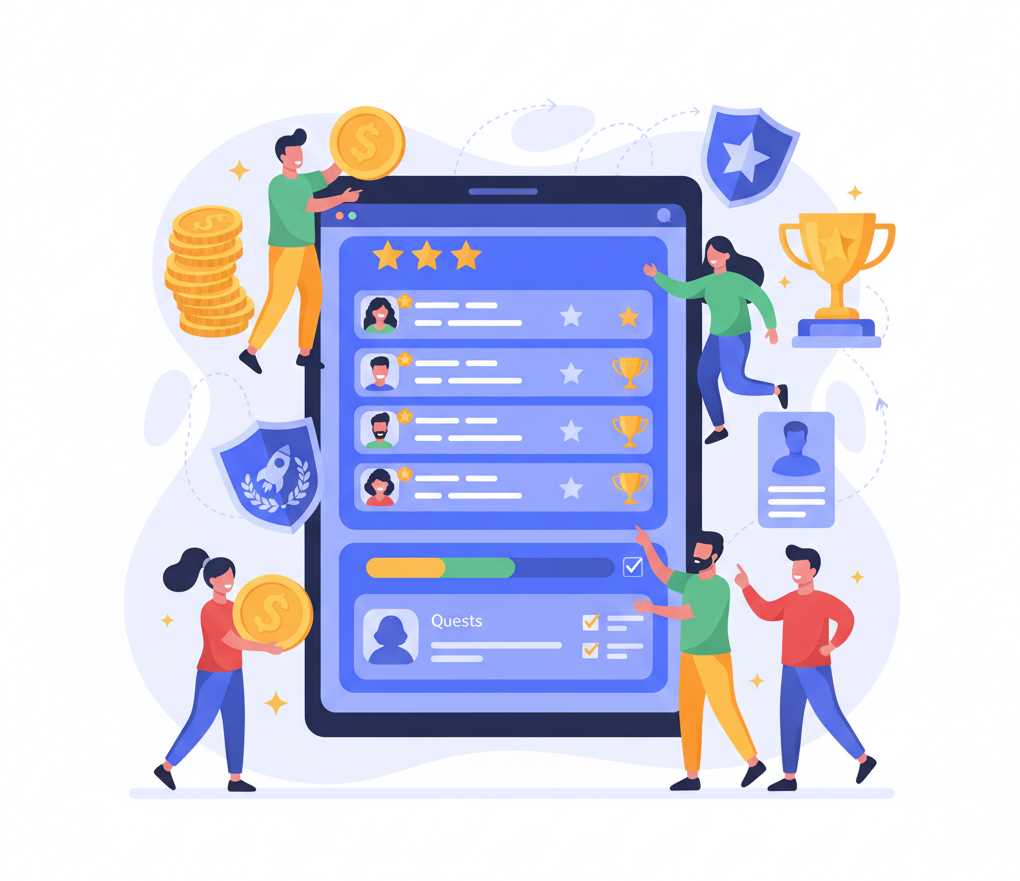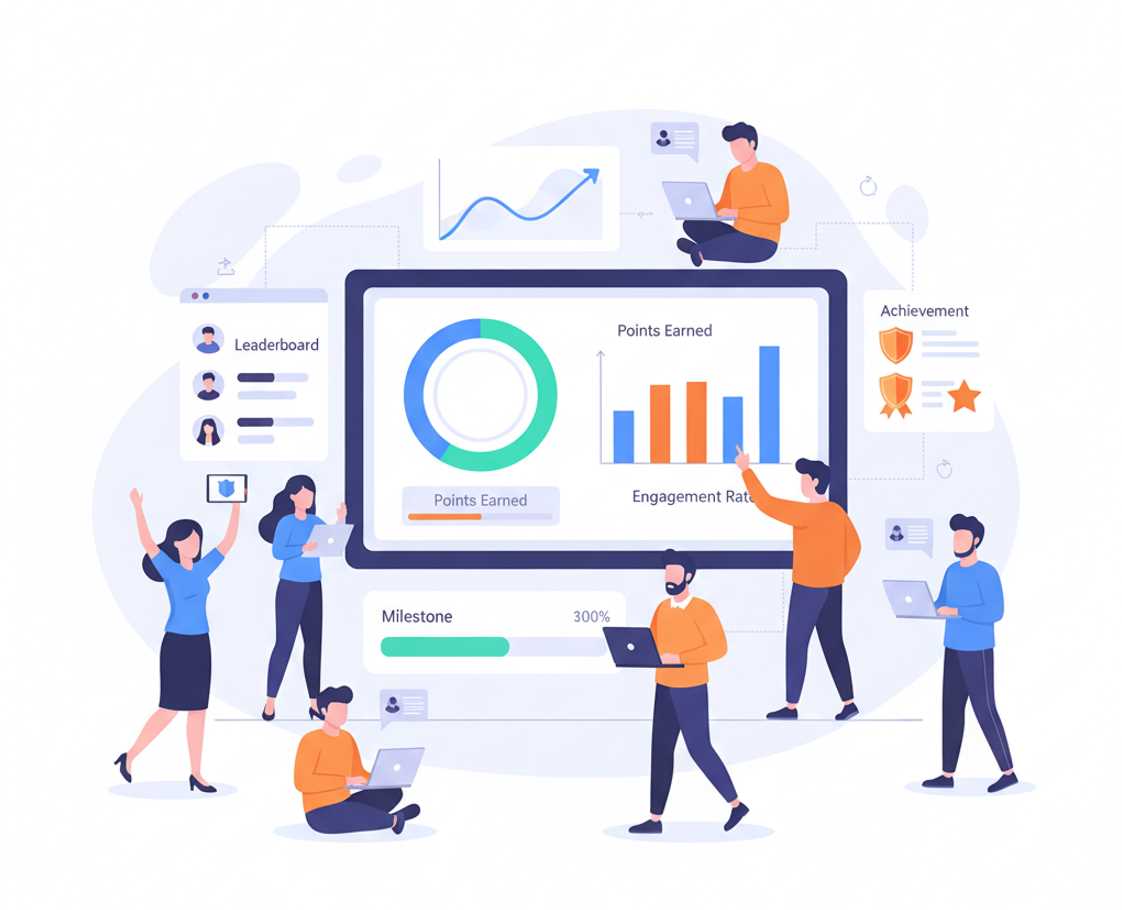How to Gamify Your Referral Marketing Program to Drive Engagement and Growth
Referral marketing is one of the most trusted and cost-efficient ways to acquire new customers. When happy clients share your brand with friends and colleagues, you gain high-quality leads backed by social proof. Yet many referral programs fall short because they lack consistent engagement and fail to motivate participants over the long haul. Gamification offers a solution. By weaving game mechanics into your referral strategy, you can create an experience that not only rewards advocates but also keeps them excited to earn more.
What Is Gamification?
Gamification involves applying elements common to games—such as points, badges, leaderboards, challenges, and rewards—to non-game contexts. The goal is to tap into intrinsic motivators like competition, achievement, and social recognition. In a marketing setting, gamification transforms routine tasks (like sharing a referral link) into engaging activities that feel more like play and less like work.
Key game mechanics include:
- Points: Quantitative scores earned for completing actions.
- Badges: Visual tokens or icons signifying milestones or achievements.
- Leaderboards: Ranked displays showing top performers.
- Challenges & Quests: Time-bound tasks or campaigns with specific goals.
- Levels & Tiers: Progressive stages that unlock new benefits.
Why Gamification Works in Referral Marketing

People are wired to respond to rewards and recognition. Gamification leverages psychological triggers—such as the desire for status, mastery, and social belonging—to motivate sustained participation. By transforming a traditional referral program into a gamified referral program, advocates feel more compelled to engage continually rather than just once. This approach turns ordinary sharing into an interactive, enjoyable experience that keeps participants coming back for more.
The benefits of gamifying referrals include:
- Increased Participation: Participants are more likely to share and refer when they earn points or unlock rewards.
- Higher Retention: Regular challenges and tiered rewards keep advocates coming back.
- Viral Momentum: Leaderboards and social sharing fuel friendly competition and word-of-mouth.
- Data Insights: Tracking game mechanics provides rich data on advocate behavior and preferences.
Key Gamification Elements to Use

Not all gamification tactics are created equal. Choosing the right mechanics ensures your referral program appeals to both competitive and cooperative spirits. Here are four core elements to integrate:
1. Points and Scoring System
Assign points for each referral action: sharing on social media, sending a personalized email invite, or completing a referral signup. A clear scoring system lets participants track progress and compare themselves to peers. You may also introduce bonus points for limited-time challenges or for referring high-value customers.
2. Badges and Achievements
Badges serve as digital trophies that showcase milestones. For example, award a “Rookie Referrer” badge at five successful referrals and a “Master Advocate” badge at fifty. Visual rewards provide social currency participants can display on their profiles or share on social channels.
3. Leaderboards and Rankings
Public leaderboards spark friendly competition. Display top referrers in real time, segmented by team, region, or campaign. Regularly reset or rotate leaderboards to give new advocates a chance to rise. Consider offering monthly or quarterly prizes for the top performers.
4. Challenges and Quests
Seasonal or themed campaigns add excitement. Launch a summer sprint where participants earn triple points for referrals, or a holiday quest with unique rewards for reaching specific referral thresholds. These time-bound events encourage advocates to stay engaged and act quickly.
Step-by-Step Guide to Implementing Gamification
Integrating gamification into your referral program requires thoughtful planning. Follow these steps to create a seamless, engaging experience:
Step 1: Define Objectives and KPIs
Start by outlining clear goals. Are you aiming to boost referral volume, improve referral quality, increase program participation, or all three? Identify key performance indicators such as referral signups, conversion rate, average referral value, and advocate retention.
Step 2: Map the User Journey
Chart every touchpoint where participants engage with the referral program. This includes landing pages, emails, social shares, and in-app prompts. Ensure the gamified elements are integrated smoothly at each stage to maintain momentum and eliminate friction.
Step 3: Choose Your Technology Platform
Select a referral marketing tool or plugin that supports gamification features. Look for capabilities like points tracking, badge issuance, leaderboard displays, and automated notifications. Your platform should integrate with your CRM and email system to personalize messages and reward participants in real time.
Step 4: Design Your Reward Structure
Craft enticing rewards that align with participant motivations. Combine instant perks (discount codes, free trial extensions) with long-term incentives (gift cards, exclusive access, premium status). Design multi-tiered rewards so advocates can unlock increasingly valuable benefits as they accumulate points.
Step 5: Launch Challenges and Campaigns
Kick off your program with an introductory challenge to build early momentum. Provide clear instructions on how to earn points, claim badges, and access leaderboards. Use targeted emails, social media posts, and in-app banners to drive awareness and participation.
Step 6: Communicate Progress and Celebrate Wins
Keep advocates engaged by sending regular updates on their status. Automated notifications for milestones reached, badges earned, or leaderboard movements reinforce positive behavior. Publicly celebrate top performers in newsletters or social feeds to recognize their contributions and inspire others.
Best Practices and Common Pitfalls
Effective gamification balances fun with strategic goals. Avoid these common mistakes and follow best practices to maximize engagement:
- Overcomplication: Introduce only a few core mechanics at launch. Too many rules can overwhelm participants. Gradually add new elements as engagement grows.
- Unbalanced Rewards: Ensure the effort-to-reward ratio feels fair. Rewards that are too easy or too hard to earn will demotivate advocates.
- Sporadic Communication: Maintain consistent touchpoints. Weekly or monthly progress reports help participants stay on track and feel connected.
- Poor Analytics: Track both quantitative metrics (referral count, conversion rate) and qualitative feedback (participant satisfaction). Use insights to iterate and refine your program.
Measuring Success: Metrics and KPIs

To evaluate the impact of gamification on your referral marketing, monitor these key indicators:
- Referral Participation Rate: Percentage of eligible customers who join the program.
- Average Referrals per Advocate: How many referrals each active participant generates.
- Conversion Rate of Referrals: Percentage of referred leads that become paying customers.
- Points Redemption Rate: Proportion of earned points that advocates redeem for rewards.
- Advocate Retention: The rate at which participants remain active in the program over time.
By comparing these metrics before and after gamification, you can quantify uplift in engagement, referrals, and revenue. Use A/B testing to experiment with different point values, badge designs, and challenge formats for continuous improvement.
Conclusion
Gamification breathes new life into referral marketing by transforming routine sharing behaviors into engaging, rewarding experiences. When you implement points, badges, leaderboards, and timed challenges, you tap into deep motivational triggers that drive advocates to spread the word consistently. With clear objectives, a balanced reward structure, and robust analytics, you can scale your referral program, cultivate a community of brand champions, and unlock sustainable growth. Embrace gamification and watch your referrals soar to new heights.
Learn more about: How to Choose the Right Marketing Channels for Your Business










